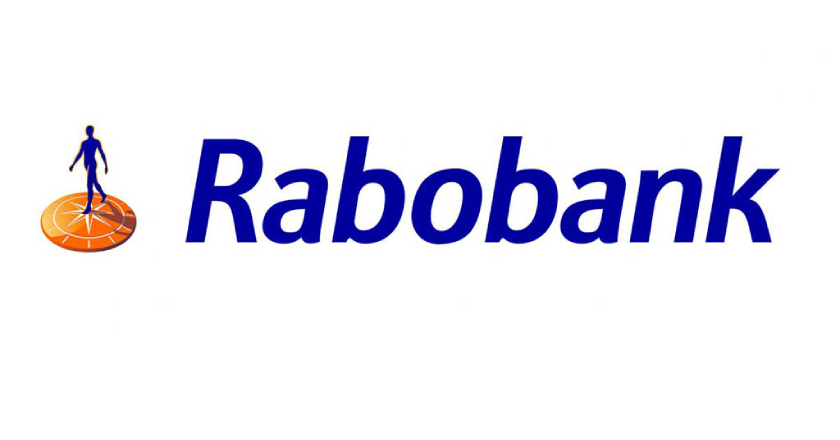According to a new Rabobank report, reducing greenhouse gas (GHG) emissions – especially scope 3 emissions that occur on the farm – has been on the agenda of leading dairy companies for many years. At both global and national levels, the dairy industry has taken a collaborative approach in managing and reducing their emissions. Additionally, dairy companies globally have taken the lead to set decarbonisation targets, take action, and make progress. Overall, dairy companies are in a delicate position to balance the interests of their milk suppliers, off takers, and other stakeholders, while tracking other sustainability targets and maintaining healthy margins. Current inflationary pressure across the entire value chain, soaring input costs, and surging interest rates add more challenges to meeting GHG emissions targets.
Said Rabobank dairy analyst Richard Scheper: “For dairy companies to reach the 2030 climate goals and beyond, accelerating the adoption of on-farm GHG emissions reduction measures is crucial. Reductions originating from productivity and efficiency gains may diminish over time and gains from new technologies may take years to achieve.”
Dairy companies that set (voluntary) targets subject themselves to reputational and litigation risks if targets aren’t achieved. Their market access could also be restricted or limited if competitors are meeting their targets and if the market demands that companies do so. Reaching these targets requires a well-balanced combination of incentivising carrots and potentially corrective sticks to accelerate the on-farm adoption of a wider variety of GHG emissions reduction tools.
Dairy companies are using incentives to facilitate this acceleration in their supply chains. Incentives are typically integrated in a company’s broader sustainability program for their milk suppliers, which often includes other environmental and/or animal welfare-related metrics. Currently, most of the attention and rewards in incentivisation schemes are typically linked to tools that stimulate efficiency and/or productivity gains.
Dairy companies generally are unable to fund incentivising rewards from the marketplace, with most of the capital currently originating from a reallocation of milk payments and company profits. With the growing need for incentives going forward, it’s of the upmost importance that all parties and stakeholders in the value chain contribute financially to these efforts – from the farm to the end consumer, plus (local) governments via stimulating subsidies (carrots) and/or taxes (sticks) and other stakeholders, such as banks.
Trials have shown promising results for innovation in feed and feed additives, as well as new manure management systems and techniques. Although limited in certain settings, sequestration of carbon in soil and methane digestors also have high theoretical emissions reduction potential. Historically, genetic developments contributed to emission reductions indirectly via efficiency gains. However, genetics’ potential as a direct lever to reduce methane emissions from enteric fermentation is still largely unexplored.
Concluded Scheper: “Adding levers to the toolbox will greatly support the achievement of climate targets, but more is needed to accelerate the adoption of these levers.” For more visit Rabobank.com



